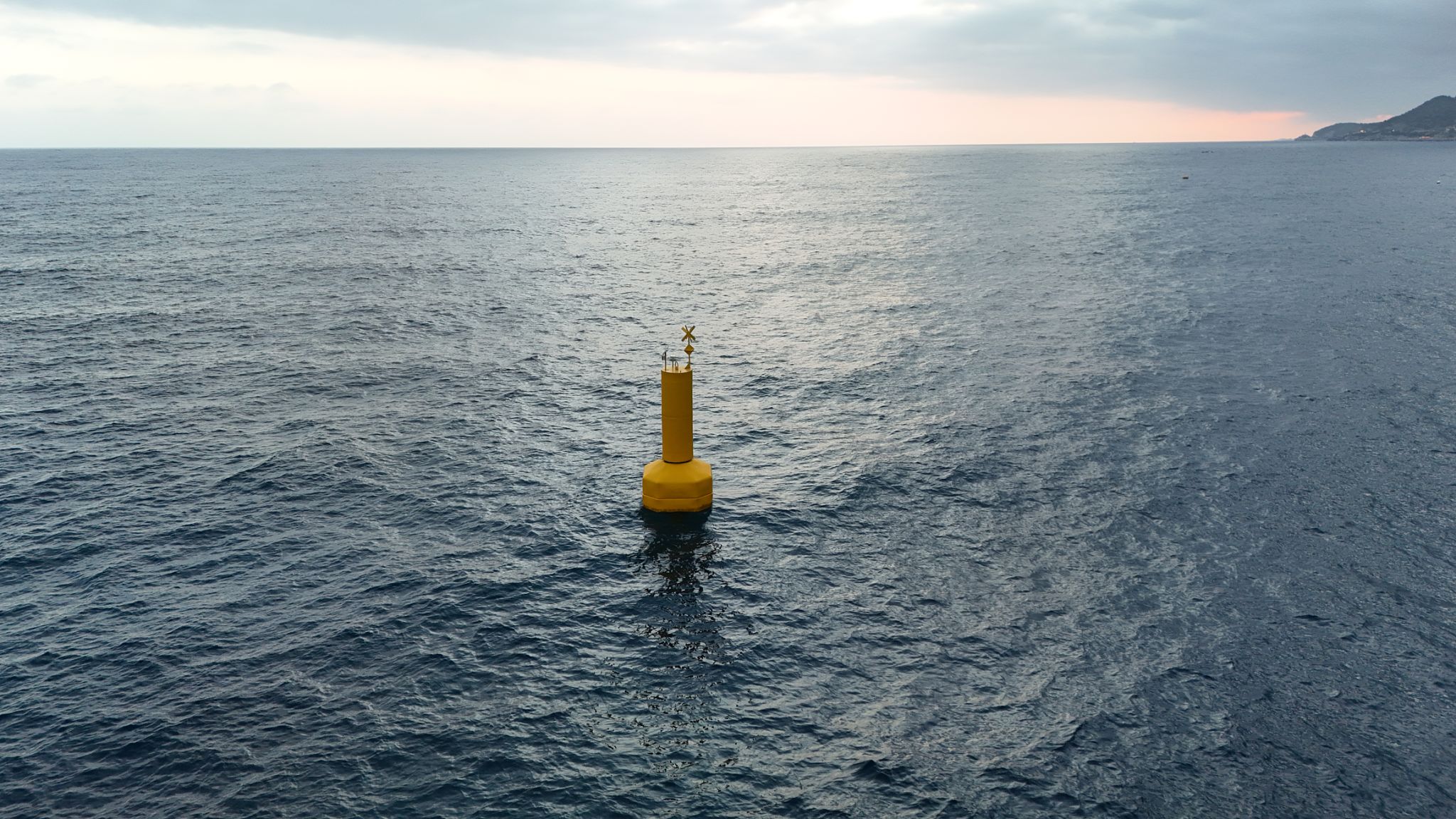Exploring the Depths: How Leading Underwater Drone Services Are Revolutionizing Marine Research
KR
The Rise of Underwater Drone Technology
In recent years, underwater drone technology has emerged as a game-changer in the field of marine research. As our planet's oceans hold countless mysteries, these advanced devices are enabling scientists to explore and gather data like never before. The remarkable capabilities of underwater drones are revolutionizing the way researchers study marine ecosystems, behaviors, and conditions.
Underwater drones, also known as remotely operated vehicles (ROVs), are equipped with high-resolution cameras and an array of sensors that allow them to capture stunning visuals and important data from ocean depths that were previously unreachable. This technology is not only making marine research more efficient but also more cost-effective.

Enhancing Marine Exploration
One of the most significant advantages of underwater drones is their ability to access areas that are too dangerous or difficult for human divers. These drones can withstand extreme pressures and temperatures, making them ideal for deep-sea exploration. They provide researchers with the opportunity to study environments such as hydrothermal vents, deep-sea trenches, and coral reefs without risking human safety.
Furthermore, underwater drones can remain submerged for extended periods, allowing for continuous observation and data collection. This capability is crucial for monitoring changes in marine environments over time and for tracking the movements of marine species.

Applications in Marine Conservation
Underwater drones are playing a vital role in marine conservation efforts. By providing detailed imagery and data, researchers can better understand the health of marine ecosystems and identify areas in need of protection. This information is essential for creating effective conservation strategies and policies.
For example, drones are used to monitor coral bleaching events, track endangered species, and assess the impact of human activities on marine habitats. The ability to gather accurate and timely data helps conservationists make informed decisions to preserve our oceans.
Advancements in Data Collection
The integration of advanced sensors in underwater drones has significantly improved data collection capabilities. These sensors can measure a variety of parameters, including water temperature, salinity, pH levels, and even the presence of pollutants. This information is invaluable for understanding the complex interactions within marine ecosystems.

Additionally, the use of artificial intelligence in processing the vast amounts of data collected by drones allows researchers to identify patterns and trends more efficiently. This technological leap forward is accelerating scientific discoveries and providing a deeper understanding of our oceans.
The Future of Marine Research
As technology continues to advance, the potential applications for underwater drones in marine research will only expand. From mapping the seafloor to studying the behaviors of elusive marine creatures, these drones are opening new frontiers in scientific exploration.
The collaboration between researchers, engineers, and conservationists is driving innovations that will further enhance the capabilities of underwater drones. As a result, we can expect even more groundbreaking discoveries that will deepen our knowledge of the ocean's vast and mysterious depths.

Conclusion
The impact of underwater drone services on marine research cannot be overstated. By providing unprecedented access to the ocean's depths, these technologies are transforming our approach to studying and conserving marine environments. As we continue to explore the uncharted waters of our planet, underwater drones will undoubtedly remain at the forefront of marine science.